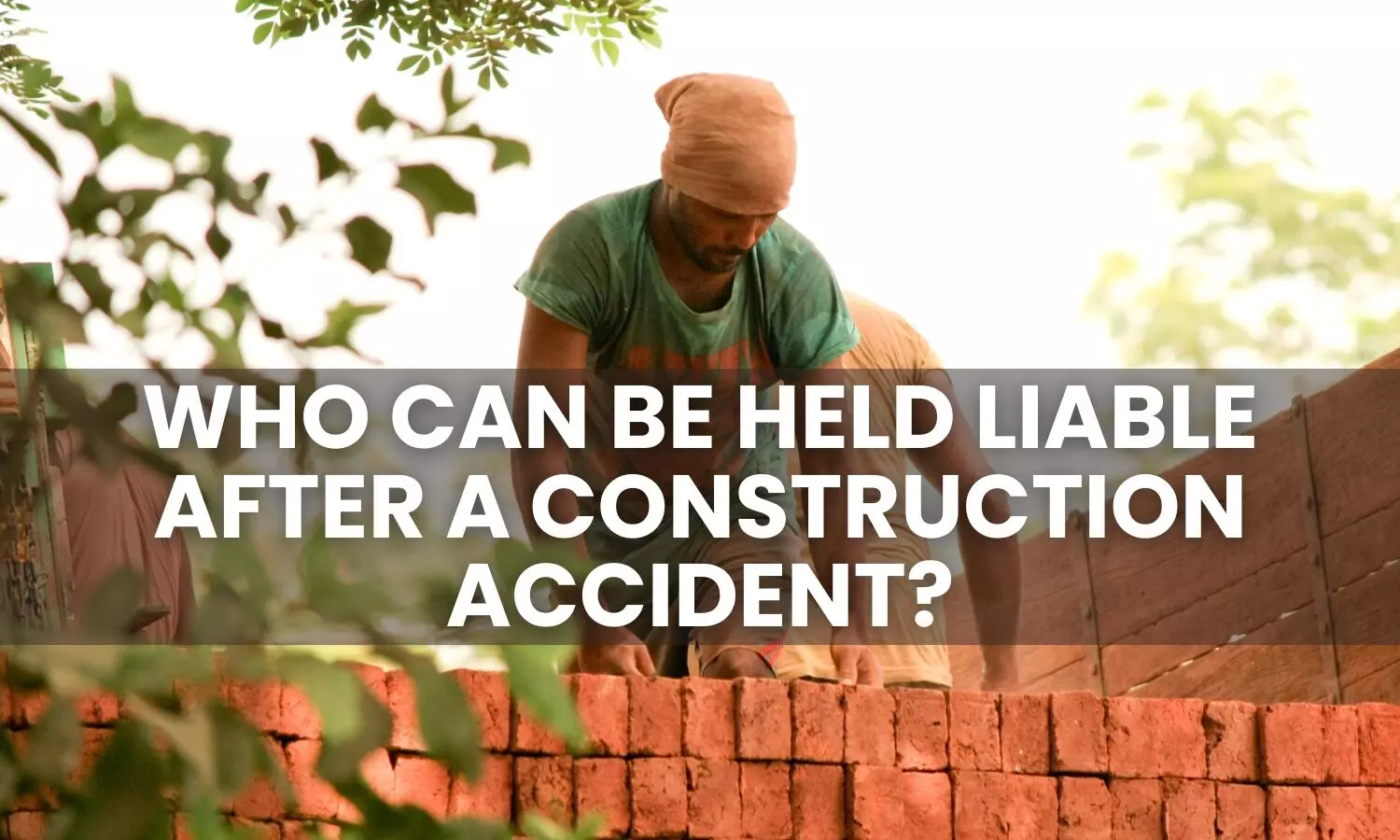
Construction sites can be dangerous places. Heavy machinery, hazardous materials, and high work areas make the industry prone to accidents and injuries. When an incident occurs, figuring out who’s at fault and who should be held responsible can get complicated. Multiple parties may share liability depending on the circumstances. Here’s a look at who is potentially on the hook after a construction accident.
Dangers of Construction Work
Working in construction has always been one of the most high-risk jobs. Since 2008, it has experienced more total deaths than any other industry, according to the Bureau of Labor Statistics. Contributing factors include working from heights, excavation hazards, dangerous equipment, and exposure to hazardous materials. In 2021 alone, a total of 169,200 construction injuries were recorded. Around 40% of those resulted in days away from work to recover.
If you’ve been injured in a construction accident, whether as a worker or a bystander consulting with a personal injury attorney can help you navigate these legal situations. They´ll help you gather evidence and pursue compensation from all liable parties.
General Contractors and Subcontractors
On any large construction project, there are general contractors overseeing the overall work as well as subcontractors hired to handle specific jobs. When an accident occurs involving a subcontractor or their employee, legal liability can reside with both parties. The general contractor may share in the blame if the incident stemmed from their oversight, planning, or coordination of the project.
The Occupational Safety and Health Administration (OSHA) oversees construction site safety, issuing an average of over 70,000 citations per year to construction contractors for violations between 2011 and 2020. In 2022, OSHA imposed an $8.35 million penalty – the highest ever for a single contractor. But accidents still frequently occur despite regulations. If OSHA found a general contractor or subcontractor failed to meet safety standards, it would bolster injury claims against them.
Product Manufacturers
Defective or malfunctioning products and equipment can be to blame for construction accidents in some cases. When this happens, product liability may apply. Manufacturers can be held responsible if a problem with their product’s design or manufacturing caused or contributed to the incident.
Architects and Designers
While architects and designers do not work directly on construction sites, they play a key role in forming the plans that contractors rely on. If design flaws create dangerous conditions without proper warnings, the architects and the contractors may bear legal responsibility.
Other Third Parties
In some cases, other third parties not directly involved with the construction work could share liability. Trucking companies delivering materials, for example, could be implicated if an accident occurred due to a truck driver’s negligence. Property owners could also be liable if they failed to disclose hidden dangers like asbestos or structural deficiencies before a contractor began work.
Determining Fault After an Incident
Trying to determine all the potentially liable parties after a construction accident can quickly get murky. Multiple complex factors surrounding the incident have to be investigated and analyzed.
Those hurt on the job will benefit from working with an experienced personal injury attorney. Through detailed examination of evidence and expert testimony, liability can be properly assigned across all responsible parties. Those injured can then seek the maximum compensation they deserve.
With construction remaining a high-risk occupation, understanding liability in the aftermath of an accident is crucial.